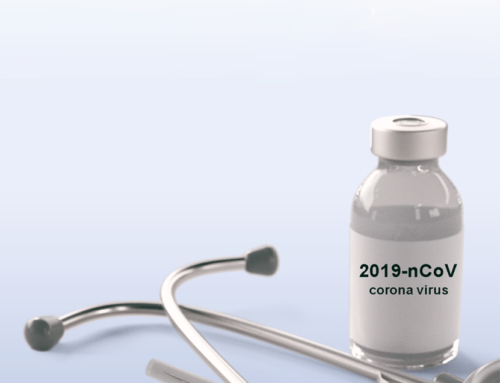All over the world, the COVID-19 pandemic has seen more and more people admitted to hospital, where the high infection rate of the virus makes use of personal protection equipment (PPE) vital for healthcare workers. PPE includes single-use gloves, aprons and gowns, surgical masks, respirators and face protectors in the form of glasses, goggles or face shields. Used PPE is generally labelled as infectious or offensive, which means disposal needs to prevent the transmission of disease to the wider population. As Covid-19 cases increase, so has the quantity of biomedical waste. This, in turn, has put sanitation workers at risk. Officials at IMAGE, the organisation that manages biomedical waste in India, said that only waste generated while giving treatment to a Covid-positive patient is considered as a Covid waste. The rest is just biomedical waste. As recently as January 2020, DPCC had informed the National Green Tribunal that health care facilities were not in compliance with the biomedical waste management rules. There was a lack of implementation of CPCB’s swift guidelines on handling of Covid related trash. Effective management of biomedical waste is important to reduce community transmission. From nearly 1 tonnes/day, Covid biomedical waste rose to 2.5 tonnes/day. The spike is attributed to the rise in number of cases and people returning from elsewhere in the country and abroad.
The most effective way to do that is to burn it – high temperatures destroy viruses. As well as destroying viruses, incineration can reduce the amount of waste left over in general. The use of incineration to manage waste is controversial. In the past, incineration had a bad reputation for releasing unwanted gases during the burning process. But in modern waste plants, greenhouse gases that contribute to climate change and toxic gases, which can harm human health, are removed through the use of gas cleaning technologies.
India, for example, has a poor record for clinical waste disposal with many violations of government rules reported, including the mixing of clinical and general waste and illegal dumping. In fact, since the start of the pandemic, large amounts of used PPE have been found dumped in open spaces of Mumbai and significant volumes stored by workers in the informal sector for potential resale.
To reduce the risk of infection, technology that sterilises wastes and separation techniques that reduce the mixing of infectious waste with general waste could also be introduced. With more waste classed as non-infectious, more recycling options would become available. Because they require new systems and infrastructure as well as extra staffing, these options should only be considered during a time of reflection when the pandemic is over.







Quisque ligulas ipsum, euismod atras vulputate iltricies etri elit.
Class aptent taciti sociosqu ad litora torquent per connubial rostra.